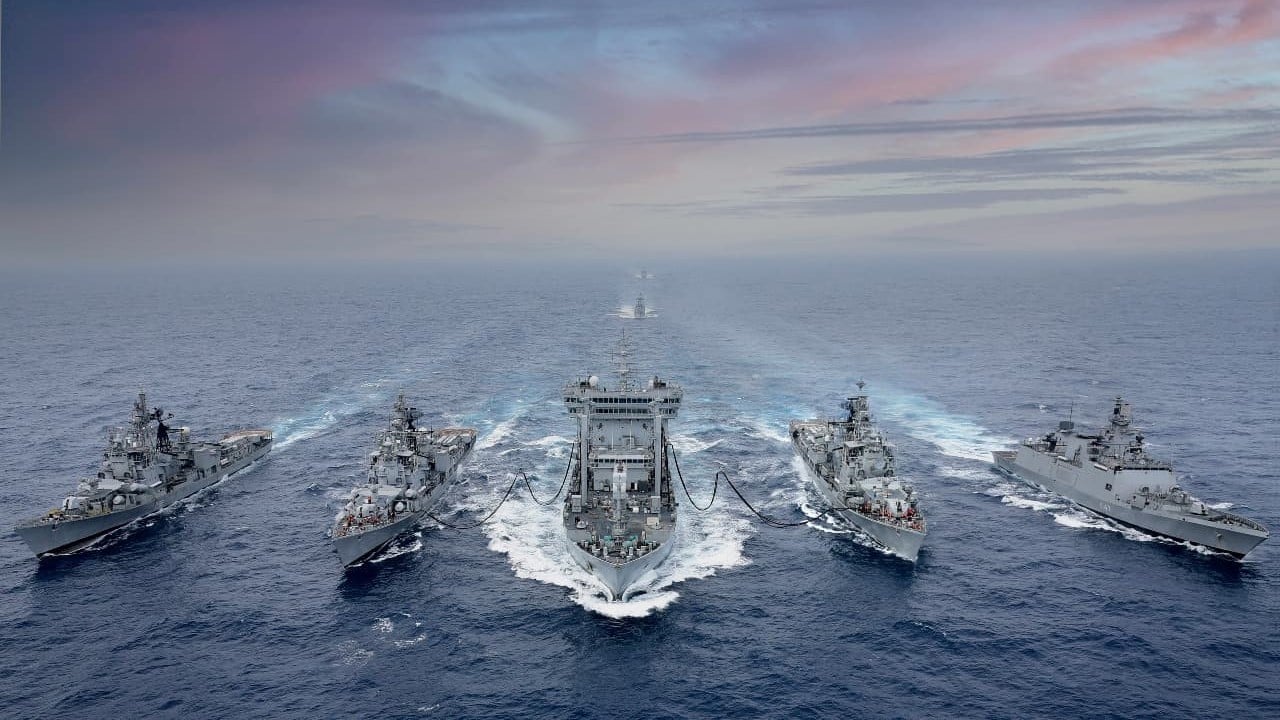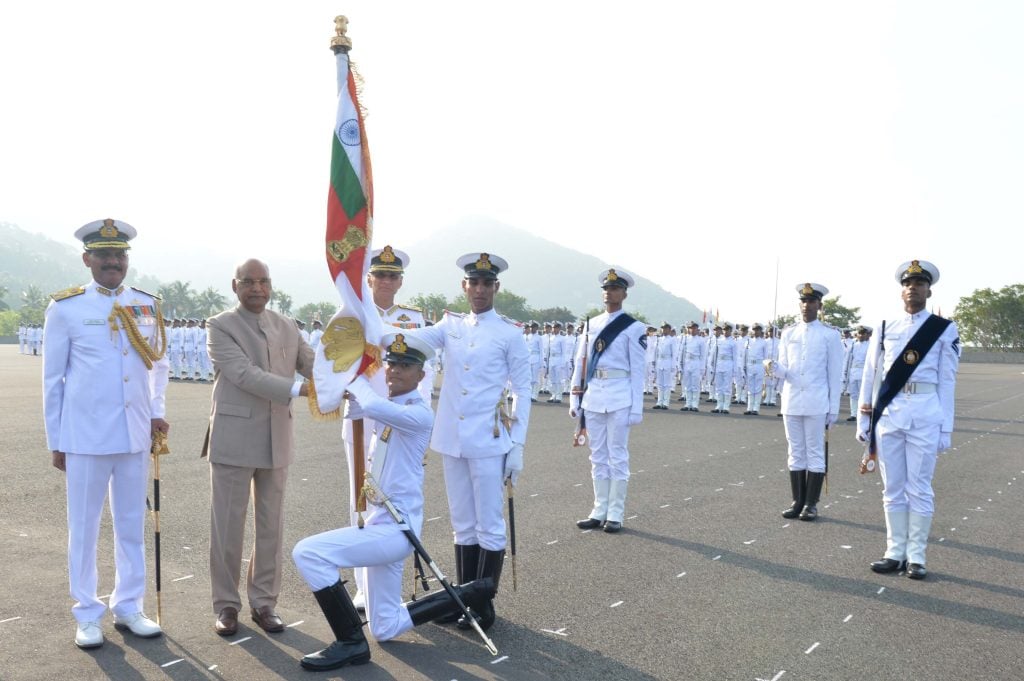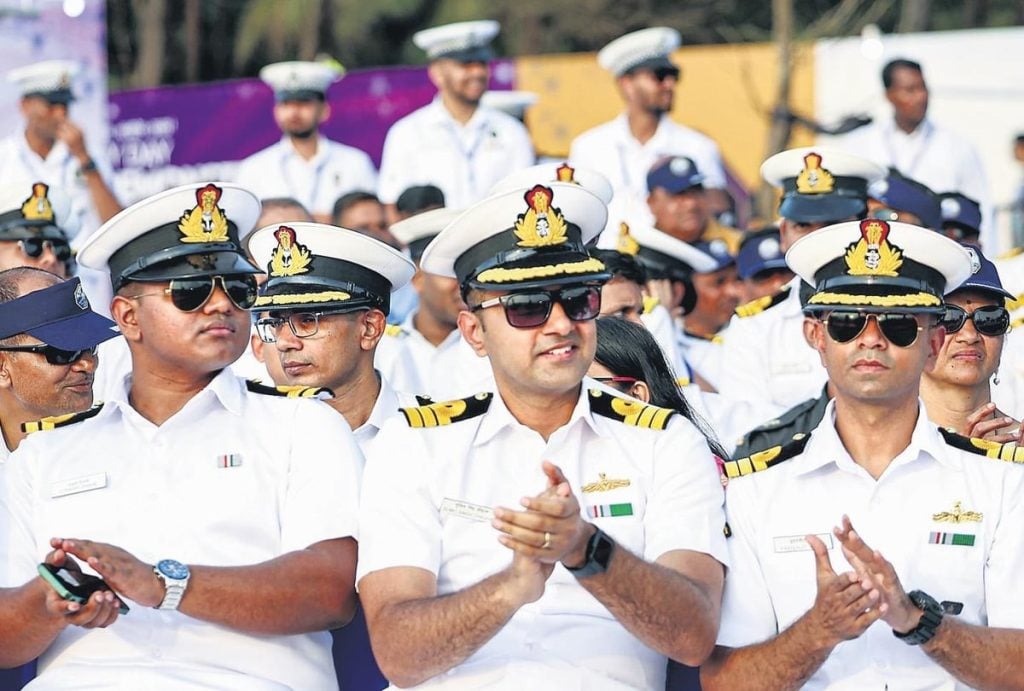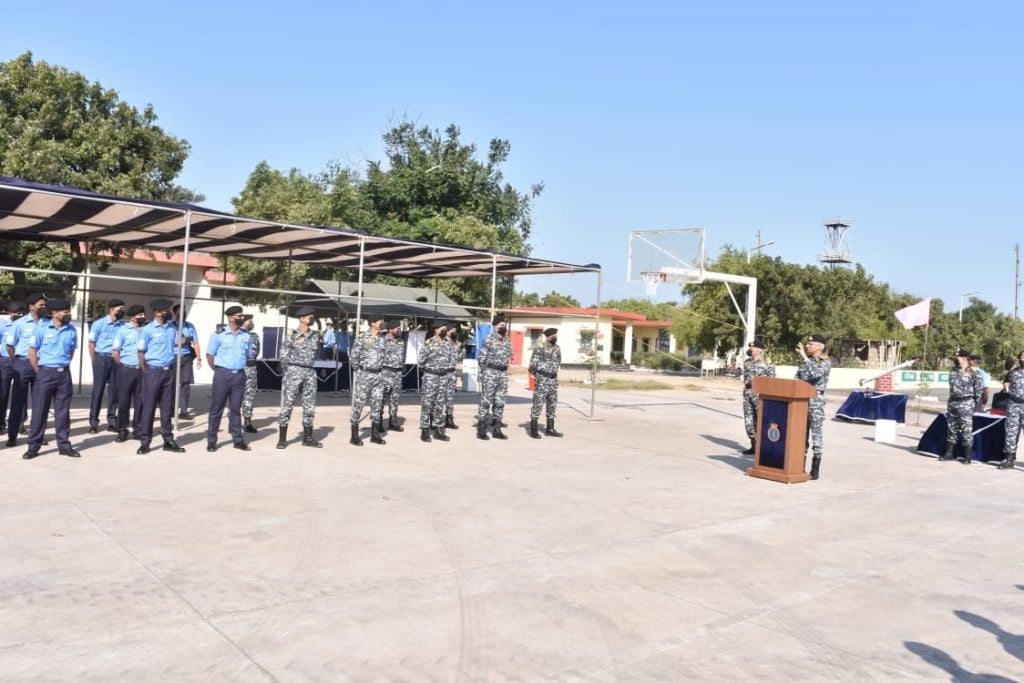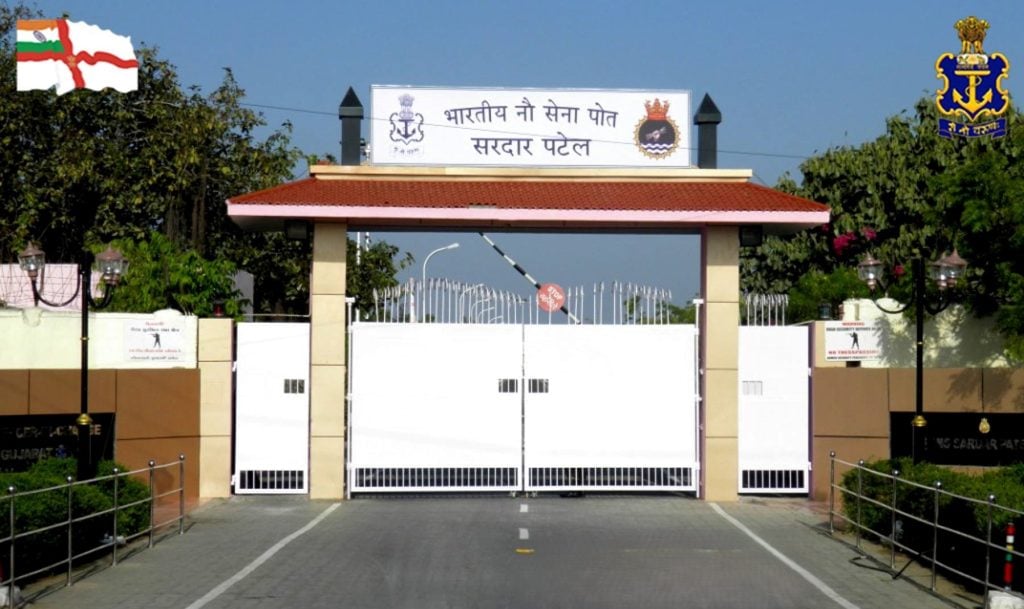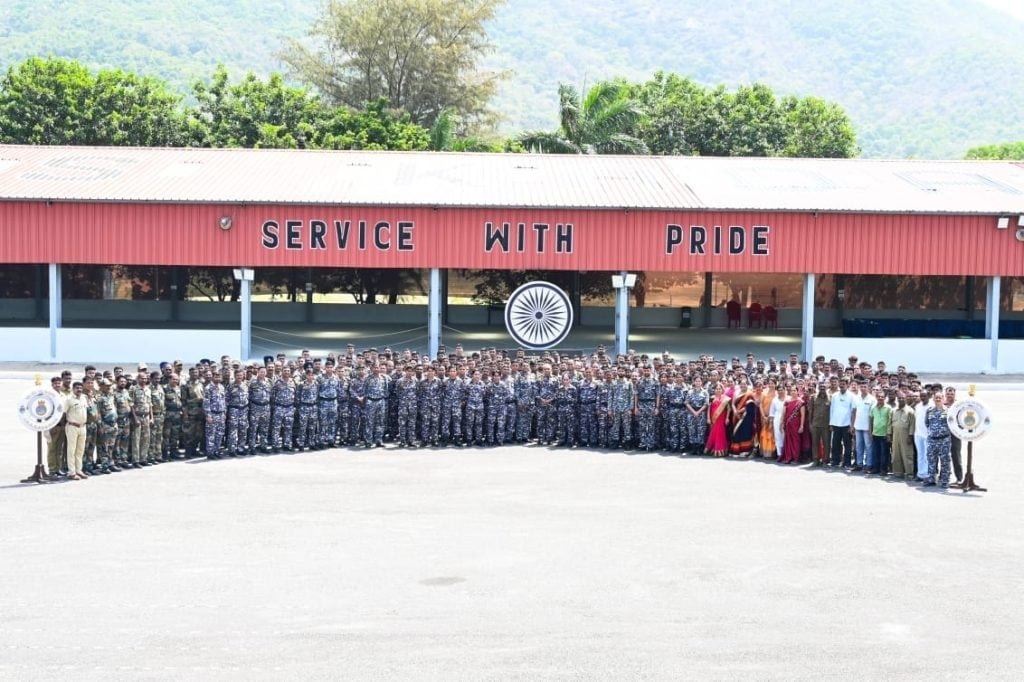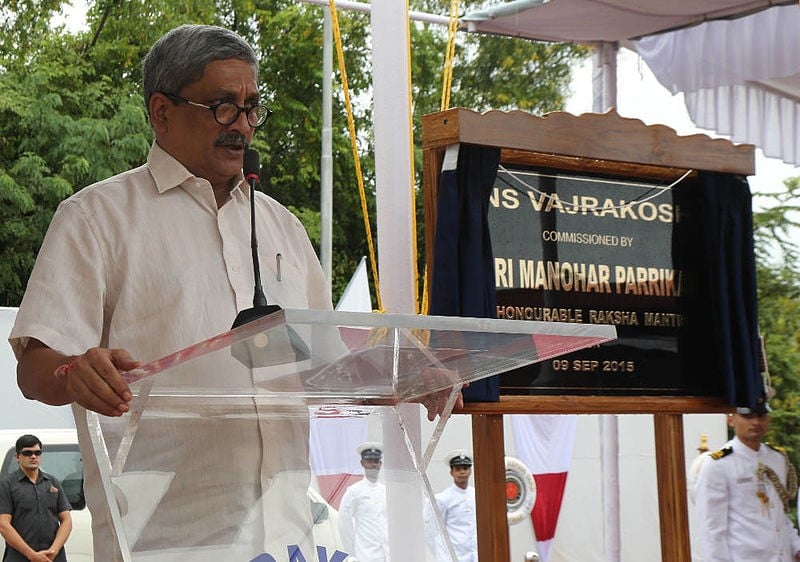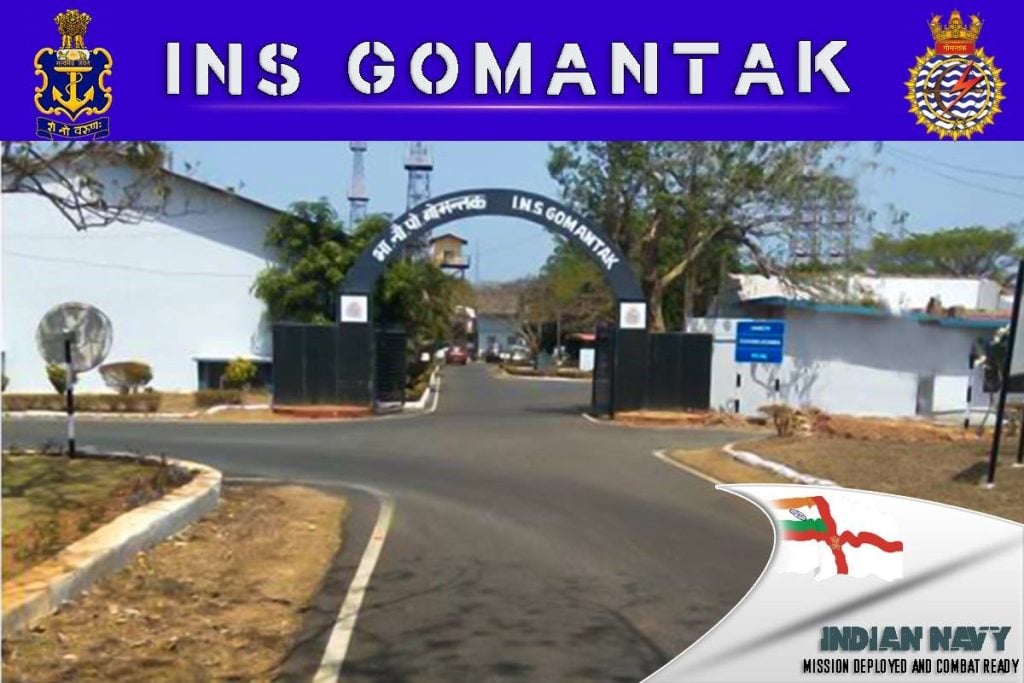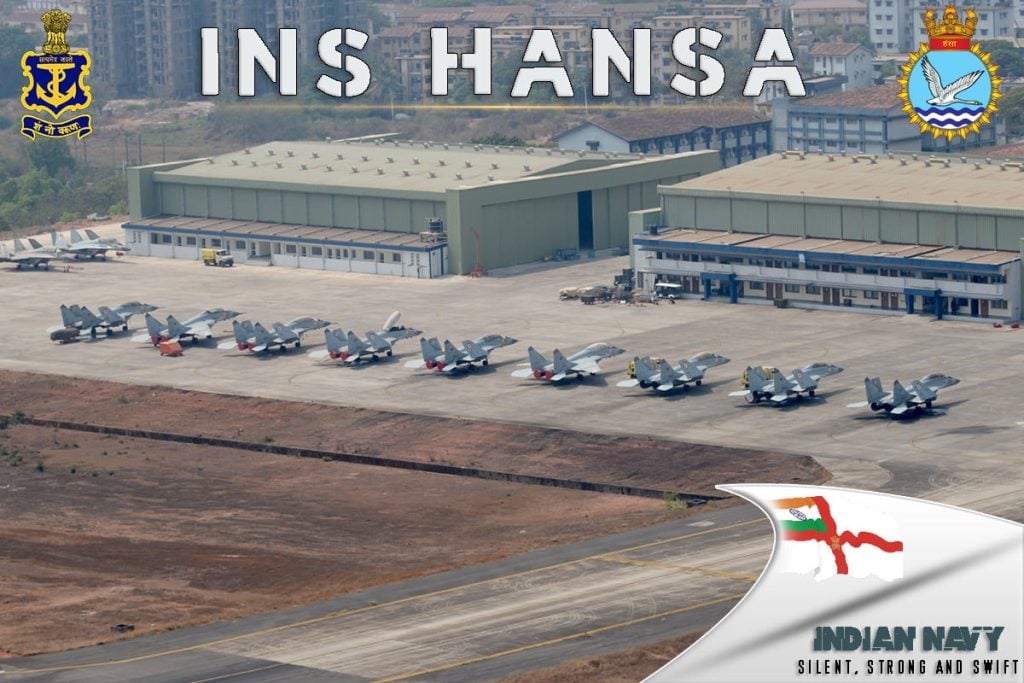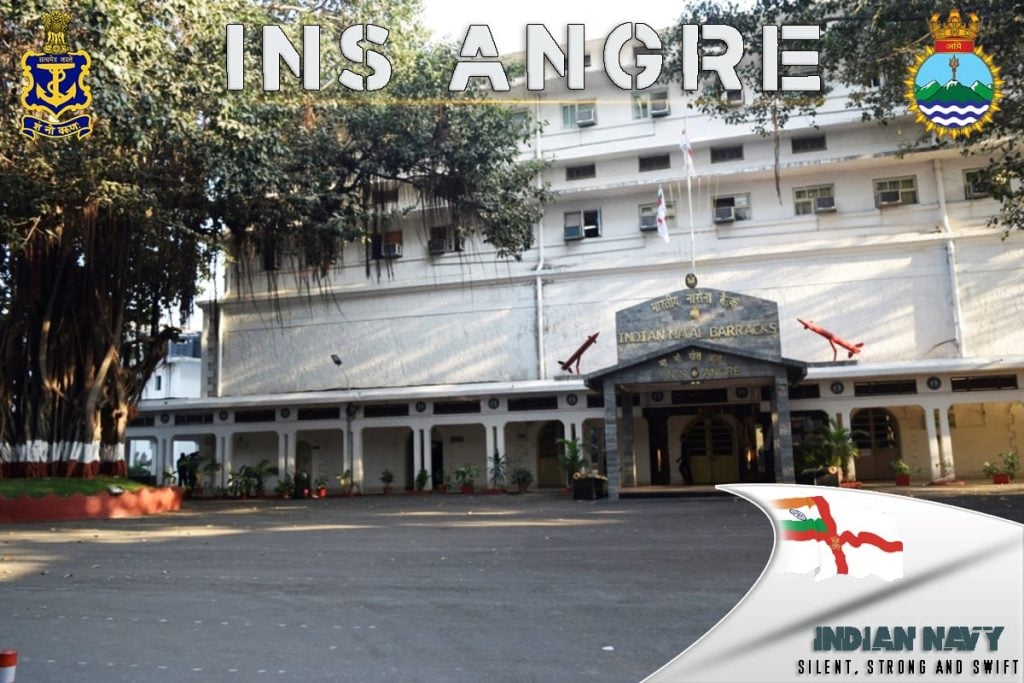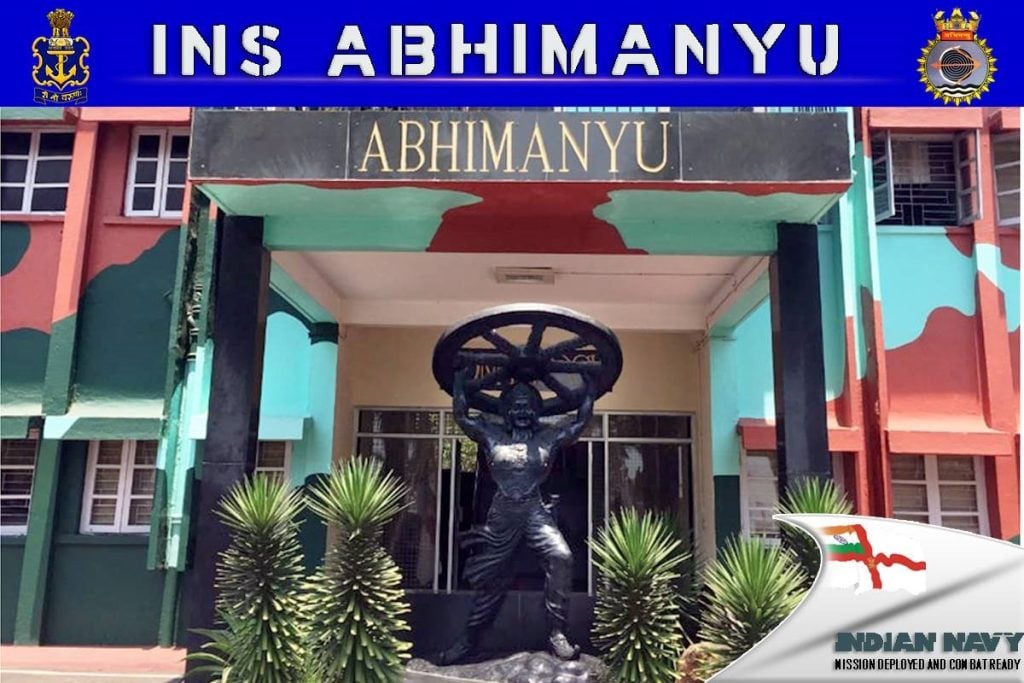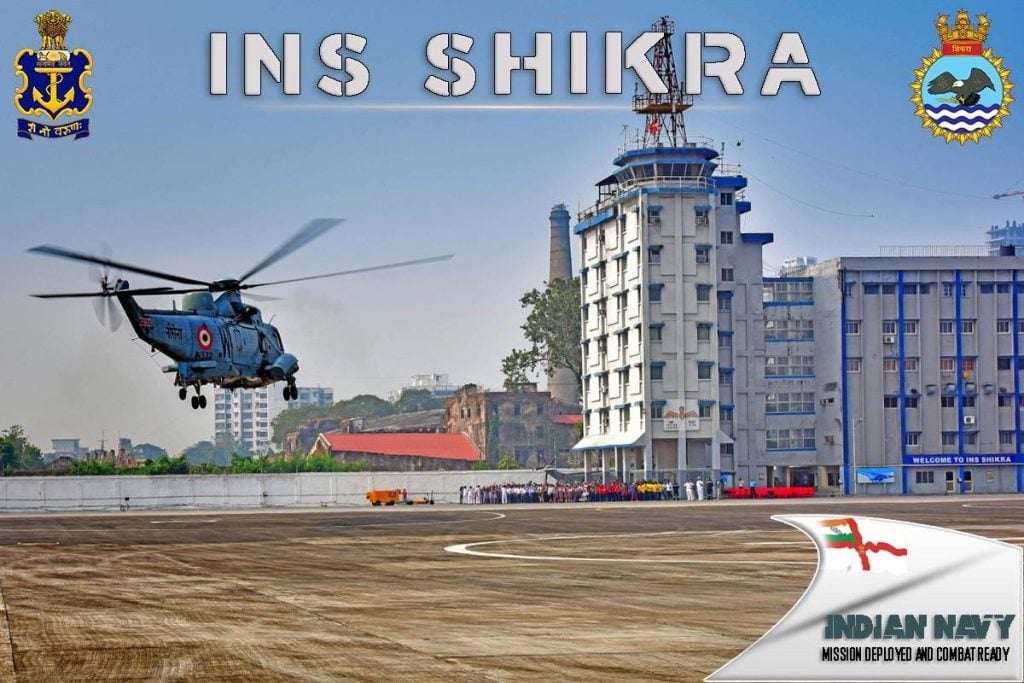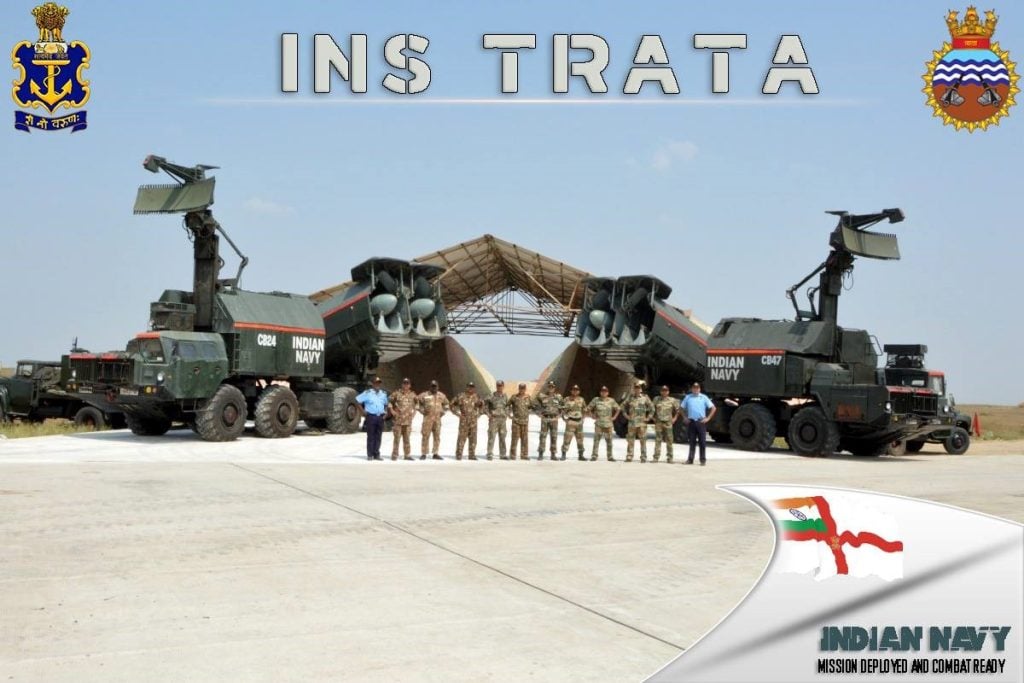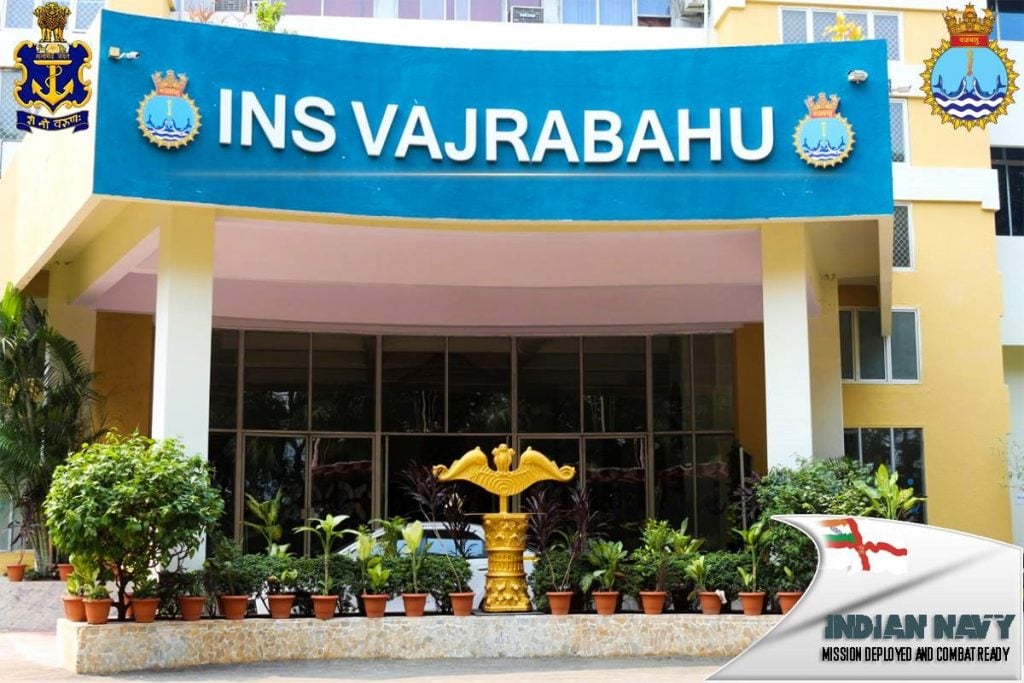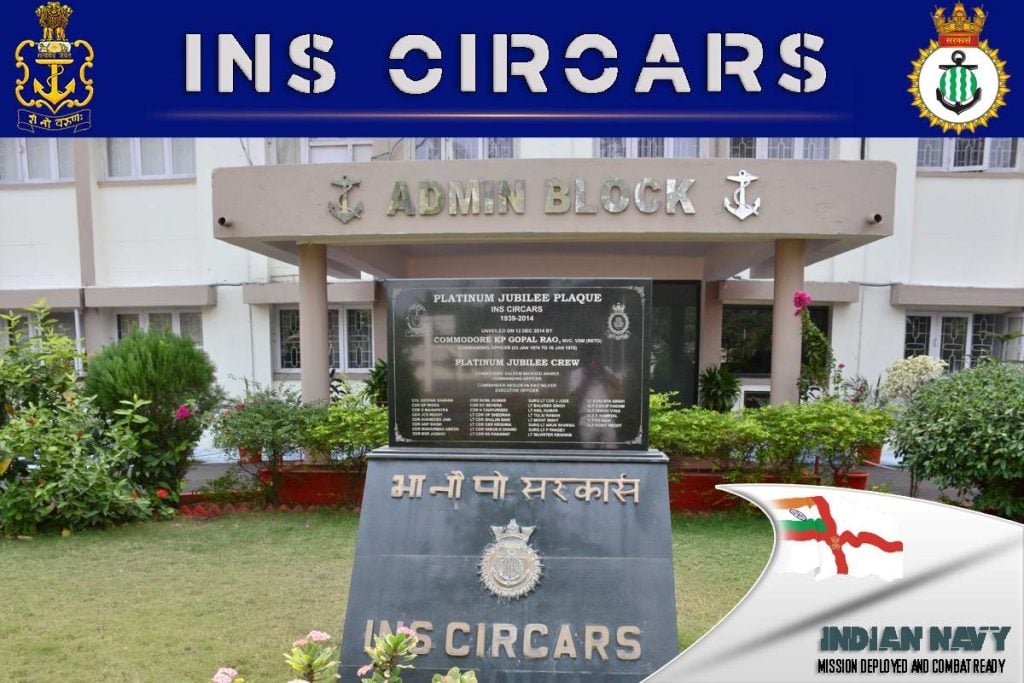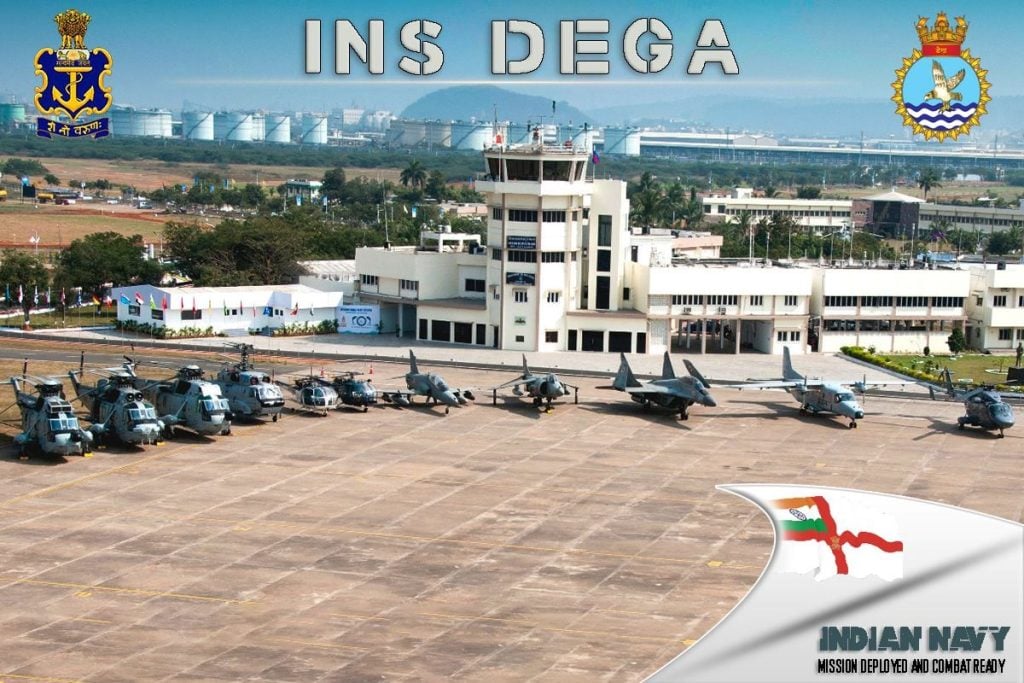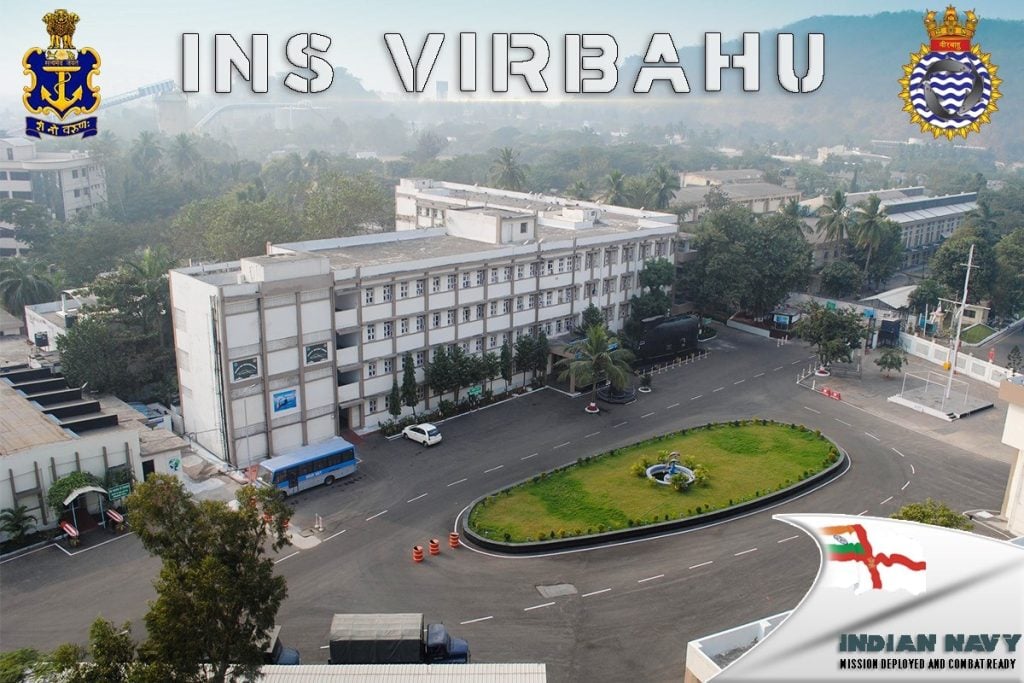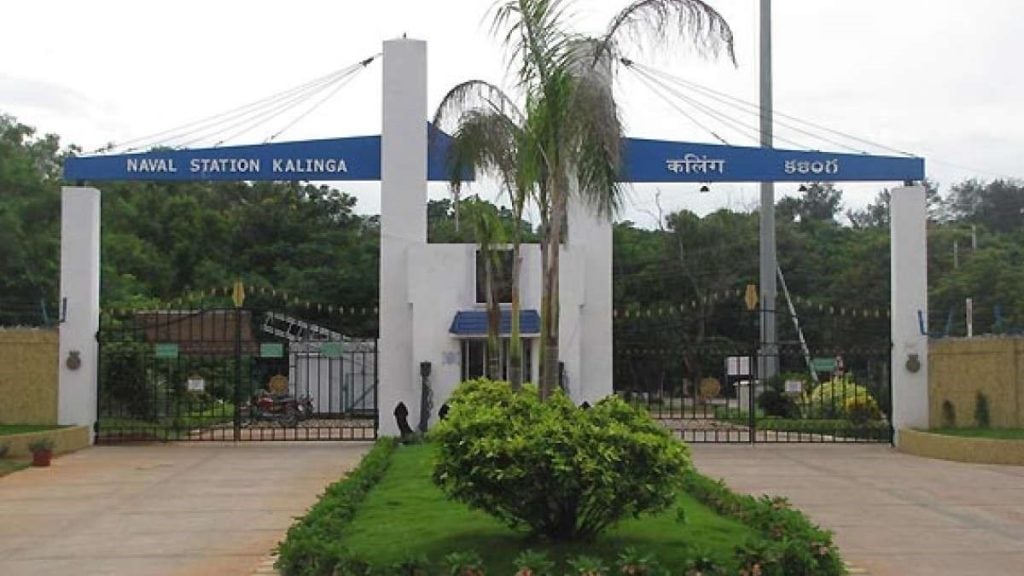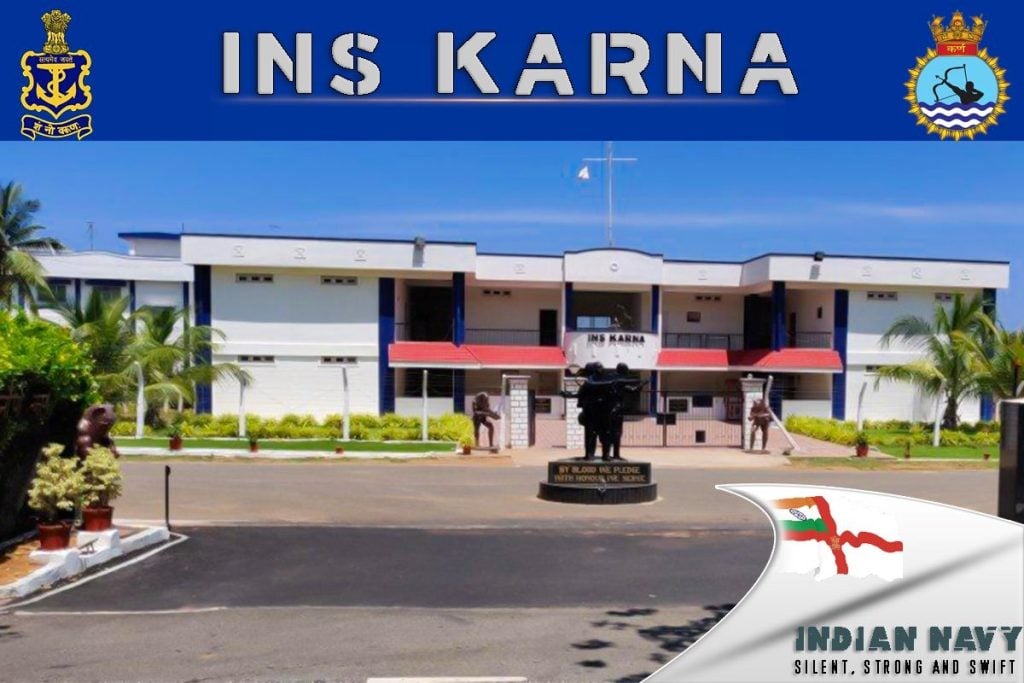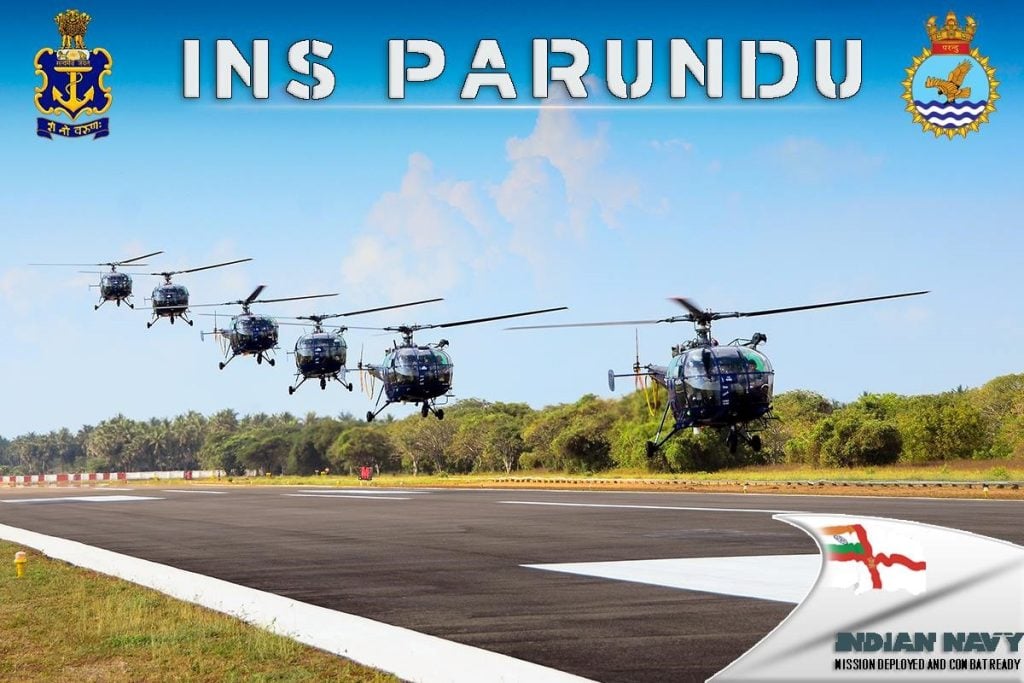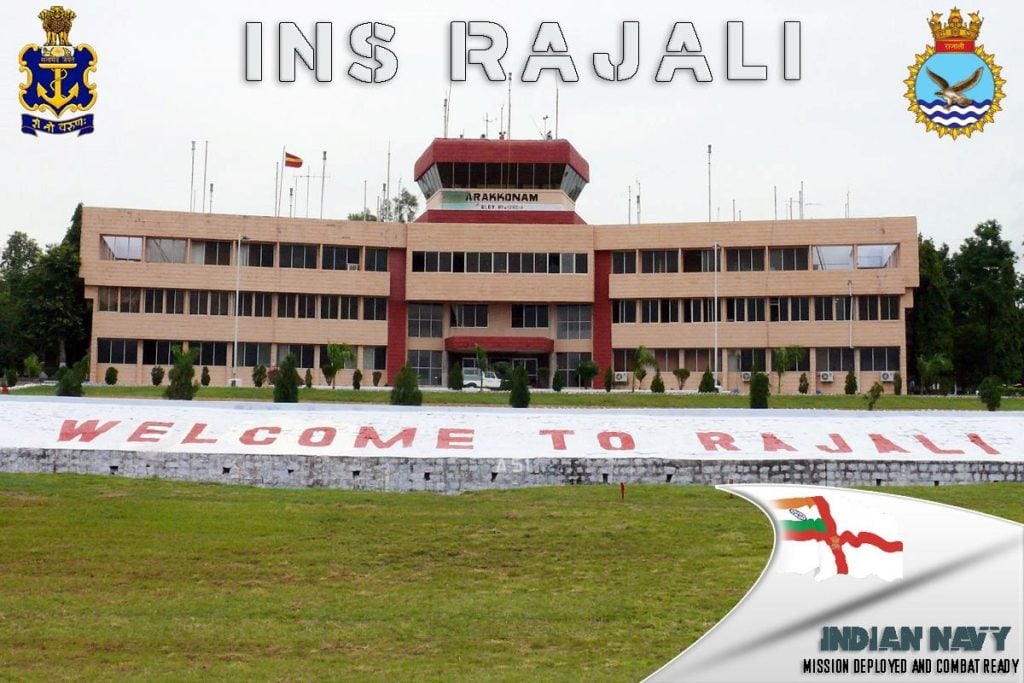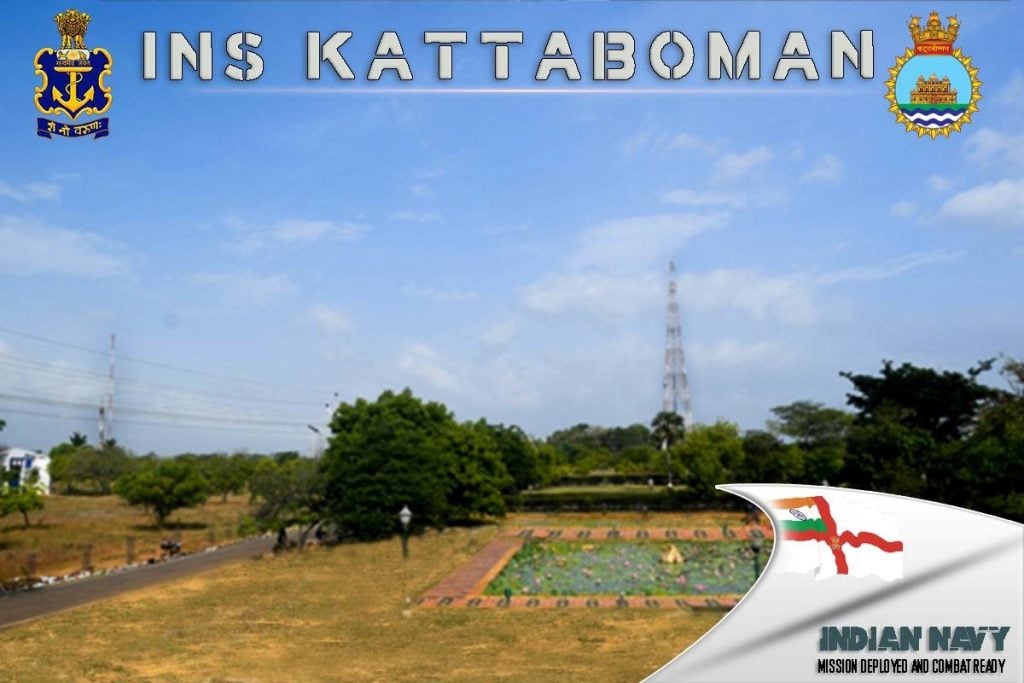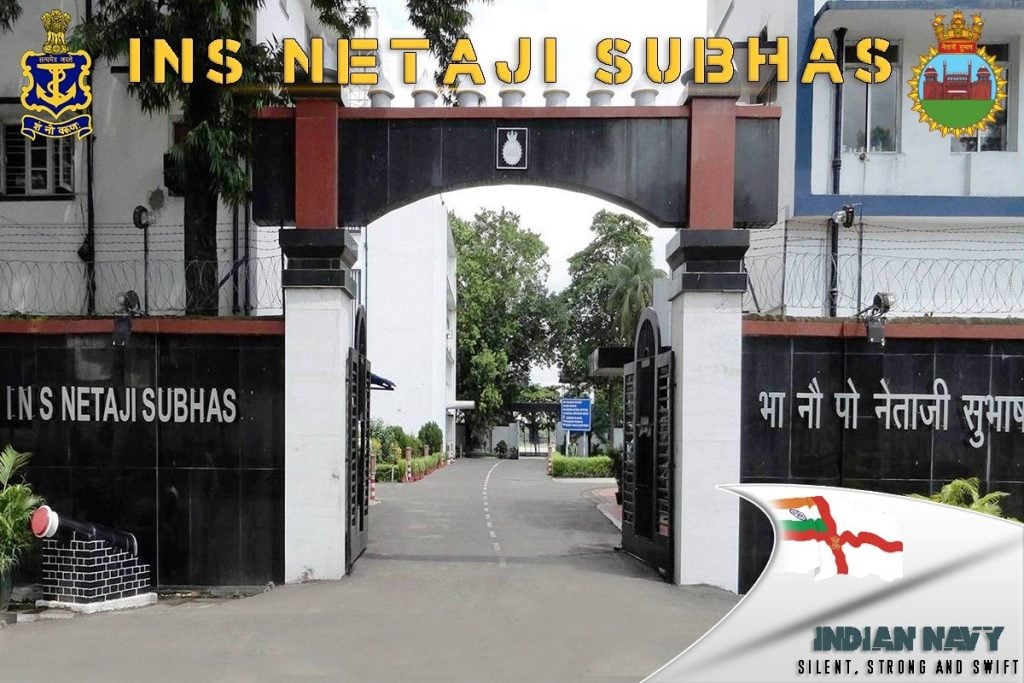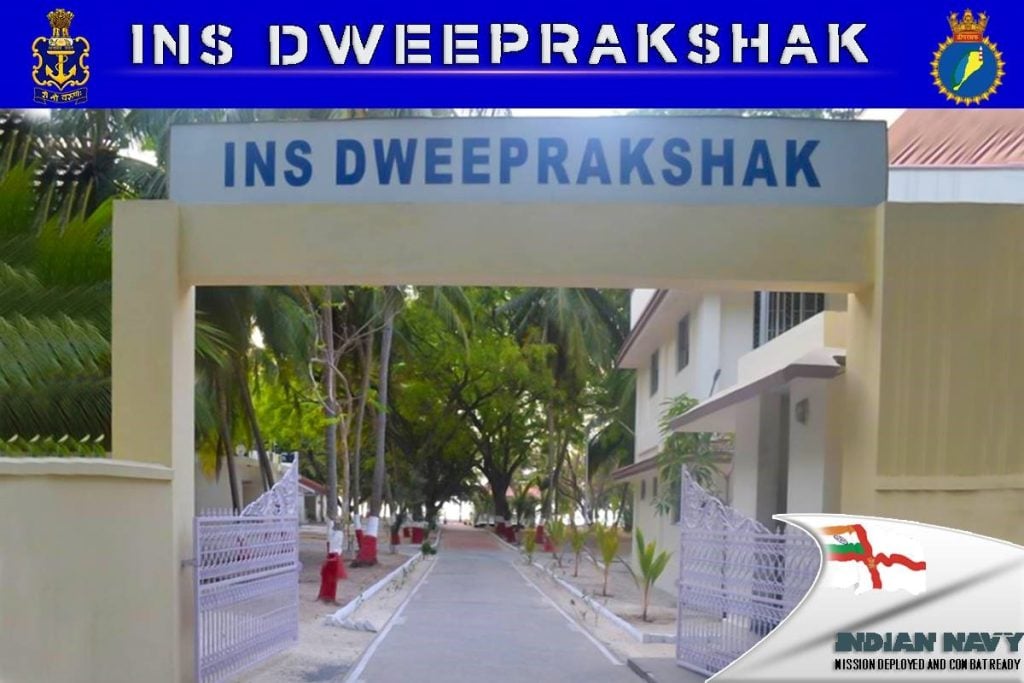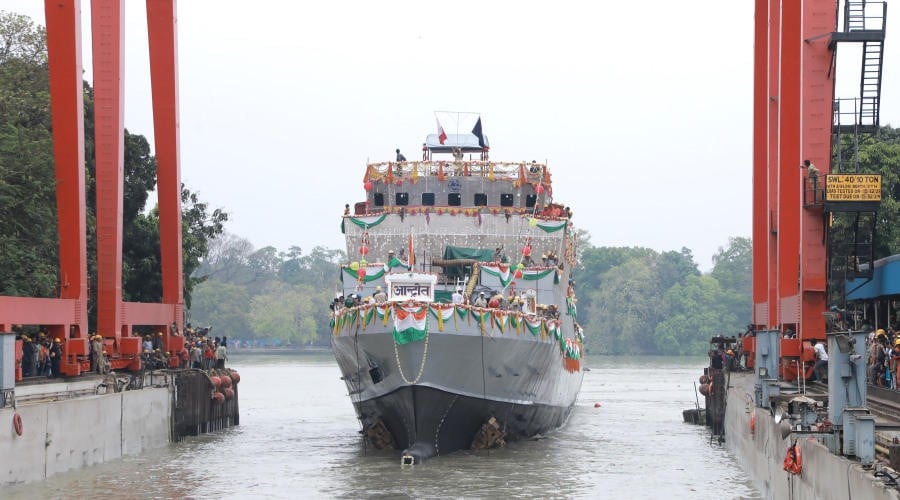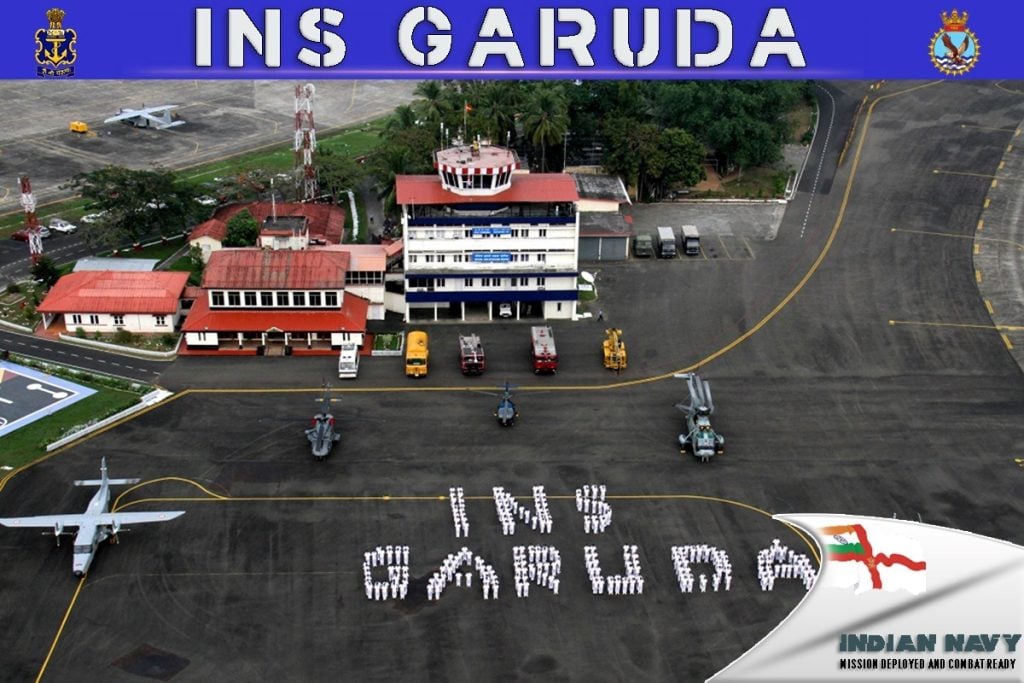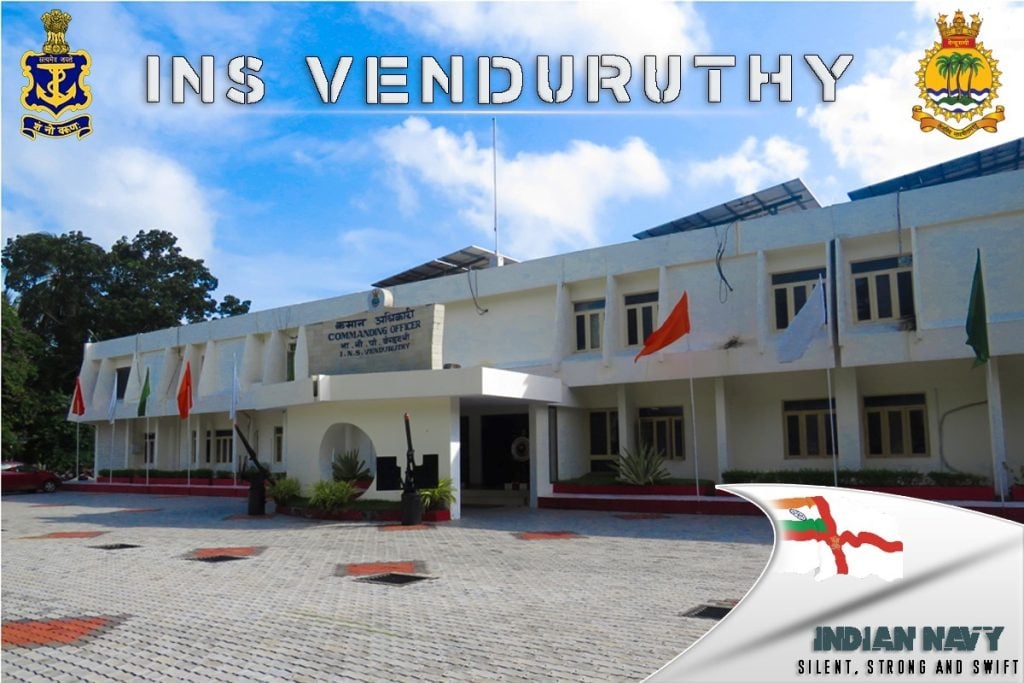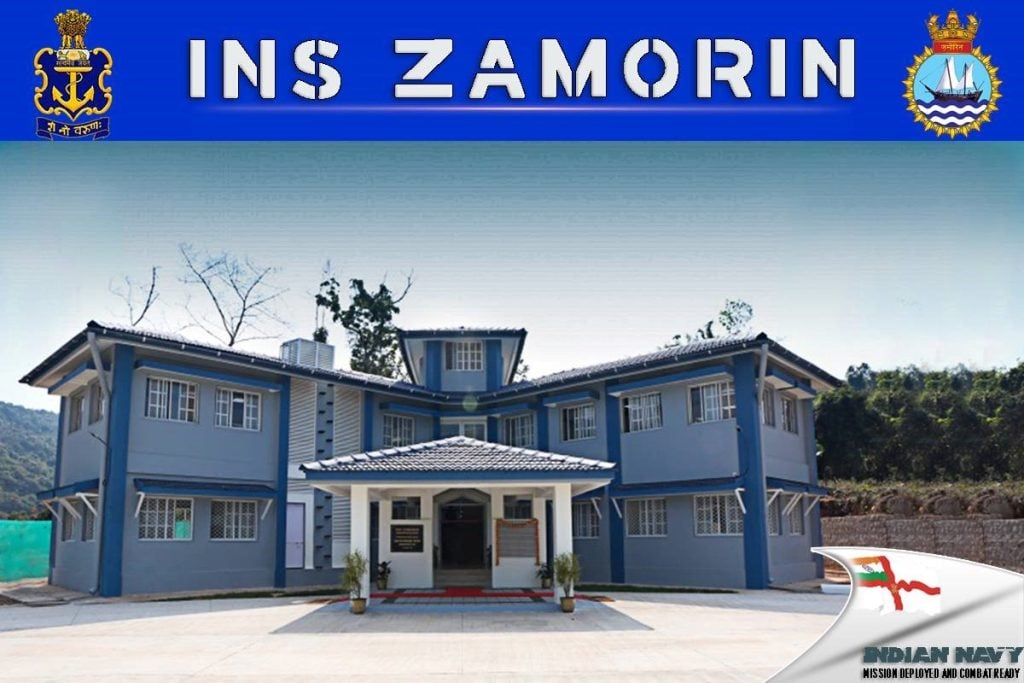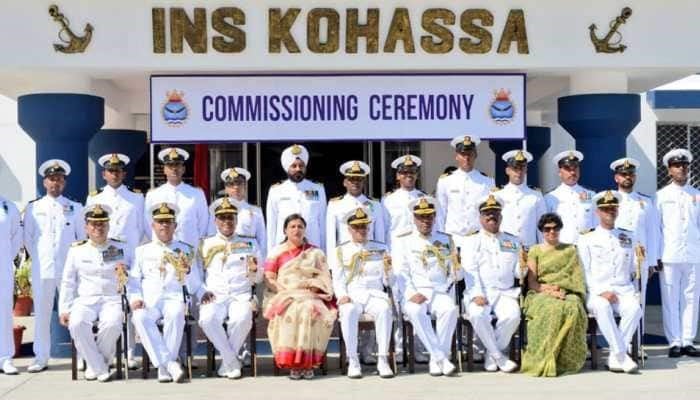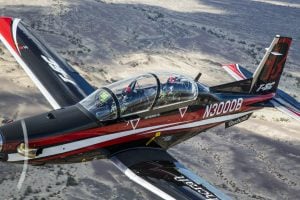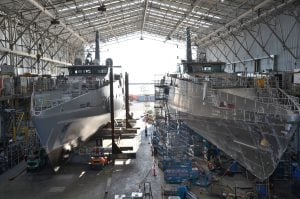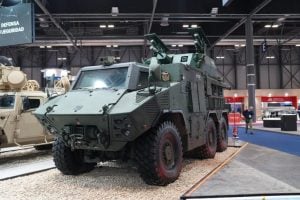India’s naval legacy dates back centuries, with Chhatrapati Shivaji Maharaj widely recognized as the father of the Indian Navy. The nation’s maritime forces have evolved significantly since the country’s independence, playing a crucial role in safeguarding its vast coastlines and strategic interests. Today, the Indian Navy boasts an extensive network of naval stations and air bases, each serving a vital purpose in enhancing the country’s naval capabilities. This article delves into the List of Key Indian Naval Stations.
The Indian Navy’s Top 10 Ships
The Evolution of the Indian Navy
The Indian Navy was founded on September 5, 1612, over 400 years ago. Initially, its primary objective was to protect British merchant ships and trade routes in the region. After India’s independence in 1947, the Royal Indian Navy was renamed the Indian Navy, consisting of 32 vessels and 11,000 personnel. In 1958, Vice Admiral Ram Das Katari was appointed as the first Chief of Naval Staff, marking a new era of leadership and growth for the service.
The Motto and Naval Commands of the Indian Navy
The motto of the Indian Navy, “शं नो वरुणः,” translates to “May the Lord of Water be auspicious unto us.” This invocation to the Hindu deity Varuna, the god of water, reflects the navy’s deep-rooted connection to the maritime domain.
The Indian Navy is organized into three primary naval commands:
- Western Naval Command: Headquartered in Mumbai, with Vice Admiral Ajit Kumar as the Flag Officer in Command.
- Eastern Naval Command: Headquartered in Visakhapatnam, with Vice Admiral Atul Kumar Jain as the Flag Officer in Command.
- Southern Naval Command: Headquartered in Kochi, with Vice Admiral Anil Kumar Chawla as the Flag Officer in Command. The Southern Naval Command also serves as a training hub for new naval recruits.
Key Naval Stations under the Western Naval Command
INS Dwarka
INS Dwarka, located in Okha, Gujarat, is a forward operating base that provides infrastructure and logistical support to Indian Naval ships deployed in the Arabian Sea.
It also plays a crucial role in maintaining surveillance over the northern Arabian Sea region and supporting the Indian Coast Guard operations in the area.
INS Sardar Patel
Situated in Porbandar, Gujarat, INS Sardar Patel is a forward operating base that came into operation in 2015. It serves as a logistics hub for Indian Navy units deployed in the northern Arabian Sea, helping to bolster the nation’s presence and influence in the region.
INS Kadamba
INS Kadamba, located in Karwar, Karnataka, is India’s third-largest naval station. Operational since 2005, the base is currently undergoing a major expansion (Phase 2B), which is expected to transform it into Asia’s largest naval station upon completion.
INS Vajrakosh
INS Vajrakosh, situated in Karwar, Karnataka, is an Indian Navy missile and ammunition depot. Inducted in 2015 and inaugurated by former Defense Minister Manohar Parrikar, the base’s primary objective is to provide adequate ammunition to the ships deployed in the region.
INS Gomantak
INS Gomantak is a logistics and ammunition base operated by the Indian Navy, located in Vasco-da-Gama, Goa, on the narrow western strip of the Marmagoa peninsula.
INS Hansa
INS Hansa, located in Dabolim, Goa, is India’s largest naval air base. It houses nearly 2,000 naval personnel and various aircraft, including Dornier 228, Kamov KA-31, HAL Chetak, HAL Dhruv, MiG-29, and MiG-29K. Notably, INS Hansa was the site where India’s first carrier version of the Tejas light combat aircraft was flown, for which a dedicated elevated ramp was constructed.
INS Angre
INS Angre, situated on the Bombay Islands, has a rich history dating back to the 16th century when it was a fort leased to the King of Portugal. Over the years, it has served as the seat of power for the British Empire and the East India Company before being established as a shore-based logistics and support establishment for the Indian Navy in 1950.
INS Abhimanyu
INS Abhimanyu is an Indian Navy Marcos commando base, named after a character from the epic Mahabharata. Officially inducted in 1980, the base provides support to the Navy’s Marcos special operations unit, which specializes in land, sea, and air operations in a maritime environment.
INS Shikra
INS Shikra, formerly known as INS Kunjali, is an Indian naval station located in Colaba, Mumbai. It is primarily a heliport that houses HAL Chetak and Sea King helicopters, serving as the only naval air station in India without an operational runway.
10 Interesting Facts About the Indian Navy
INS Trata
INS Trata, now known as INS Kunjali, is a missile battery station located in Worli, Mumbai. Its primary objective is to provide protection to the naval bases in Gujarat and Maharashtra from external threats, having been inducted in 1964.
INS Vajrabahu
INS Vajrabahu is an Indian Navy submarine base, inducted on February 1, 1996. While the exact location of this base cannot be disclosed, its main purpose is to provide logistical support to the SINDHUGOSH-class and SHISHUMAR-class submarines.
Key Naval Stations under the Eastern Naval Command
INS Circars
INS Circars, located in Visakhapatnam, is the oldest establishment on the eastern seaboard, having been inducted in 1939. It primarily provides logistical and medical support to the Headquarters of the Eastern Naval Command (HQENC) units.
INS Dega
INS Dega, also situated in Visakhapatnam, is an Indian Naval air station that was inducted in the late 1970s. It currently houses BAE Hawk aircraft, Kamov KA-28 helicopters, UH-3 Sea King transport helicopters, HAL Chetak, and DRDO Lakshya drones.
INS Virbahu
INS Virbahu, built in 1971 near Visakhapatnam, serves as a shore support facility for various submarines, currently providing shelter to the 8th and 11th submarine squadrons.
INS Kalinga
Located near Visakhapatnam, INS Kalinga was inducted in 1985. Its primary purpose is to store missiles, advanced weapons, and deliver them to the Eastern Fleet deployed in the region. Interestingly, INS Kalinga also houses Marcos commando units.
INS Karna and INS Varsha
INS Karna is a Marcos commando base that provides security and tactical support to the Eastern Fleet, while INS Varsha is a proposed base that is currently under construction. Once completed, INS Varsha is expected to become India’s largest naval base, designed to house the country’s nuclear warships and submarines.
INS Parundu
INS Parundu, situated in Uchipuli, Tamil Nadu, is an Indian naval air station built in 2009. It is primarily used to monitor movements in the Bay of Bengal and houses HAL Chetak, Dornier 228, and IAI Heron and IAI Searcher drones.
INS Rajali
INS Rajali, located in Tamil Nadu, was constructed in 1942 for use by Allied forces during World War II. It currently serves as a home base for the Boeing P-8I anti-submarine aircraft. Interestingly, the station also previously housed the decommissioned Tupolev Tu-142MKE, the world’s fastest turboprop bomber.
INS Kattabomman
INS Kattabomman, situated in Tirunelveli, Tamil Nadu, is a Very Low Frequency (VLF) transmission facility of the Indian Navy. Established in 1990, this facility is spread over an area of 3,000 acres and has over 13 masts, making it one of the few such facilities in the world, alongside Russia.
INS Tuticorin
INS Tuticorin, located in Tuticorin, Tamil Nadu, serves as a logistic support base for the Indian Navy. It also played a crucial role during the Vande Bharat Mission, which aimed to repatriate stranded Indian citizens from various countries during the COVID-19 pandemic.
INS Netaji Subash
INS Netaji Subash, situated in Kolkata, West Bengal, is a logistic and administrative support naval base for the Indian Navy.
Key Naval Stations under the Southern Naval Command
INS Dweeprakshak
INS Dweeprakshak, located in Kavaratti Island in the Lakshadweep archipelago, was built in 2012. It serves as a logistics and maintenance support base for Indian Navy ships operating in the Indian Ocean Region (IOR).
INS Androth
INS Androth, situated in Lakshadweep Minicoy, is currently under construction and is proposed to be a forward operating base and radar station.
INS Garuda
INS Garuda, the oldest air station of the Indian Navy, is located in Willingdon, Kochi. Inducted on May 11, 1953, it currently houses Dornier 228, Sea King, and HAL Chetak helicopters, as well as Searcher and Heron drones.
INS Venduruthy
INS Venduruthy, located in Kochi, Kerala, is the Indian Navy’s largest training base. It also serves as the Headquarters of the Southern Naval Command and provides logistic and administrative support.
INS Zamorin
INS Zamorin, situated in Ezhimala, Kerala, is a logistics and maintenance support base for the Indian Naval Academy and also functions as a naval depot for the Indian Naval Academy.
INS Kohasa
INS Kohasa, located in Shipbur, Andaman and Nicobar Islands, is an Indian naval air station that falls under the tri-services command.
Other Indian Naval Facilities
In addition to the major naval stations mentioned above, the Indian Navy has a network of 33 naval academies and 28 super-specialty navy hospitals across the country, further enhancing its training and medical capabilities.
Conclusion
The Indian Navy’s extensive network of naval stations and air bases serves as a testament to the country’s unwavering commitment to maritime security and power projection. From the historic INS Angre to the cutting-edge INS Kadamba, each of these facilities plays a vital role in bolstering India’s naval prowess and safeguarding its strategic interests in the region. As the Indian Navy continues to evolve and expand, these naval stations will undoubtedly play an increasingly crucial role in shaping the nation’s maritime future.
FAQs
1. How many naval stations are there in India?
Each of the three Commands is led by a Vice-Admiral, who is designated as the ‘Flag Officer Commander-in-Chief’. The Indian Navy’s major bases are situated in Mumbai, Goa, Karwar, Kochi, Chennai, Visakhapatnam, Kolkata, and Port Blair.
2. What is the significance of the Indian Navy’s motto?
The Indian Navy’s motto, “शं नो वरुणः,” translates to “May the Lord of Water be auspicious unto us.” This invocation to the Hindu deity Varuna, the god of water, reflects the navy’s deep-rooted connection to the maritime domain and its reverence for the power of the seas.
3. How many naval commands does the Indian Navy have, and where are their headquarters located?
The Indian Navy has three naval commands: the Western Naval Command (headquartered in Mumbai), the Eastern Naval Command (headquartered in Visakhapatnam), and the Southern Naval Command (headquartered in Kochi).
4. Which Indian naval station is the largest and is currently undergoing expansion?
INS Kadamba, situated in Karwar, Karnataka, is India’s third-largest naval station. It is currently undergoing a significant expansion (Phase 2B), which, upon completion, is anticipated to make it the largest naval station in Asia.
5. Which is the biggest naval base in India?
INS Kadamba is the sole base in India capable of accommodating large vessels such as the 44,500-tonne Kiev-class Soviet-built Admiral Gorshkov. Vishakhapatnam, located on the eastern coast, is the largest naval port in terms of berthing facilities, with the capacity to dock approximately 50 ships.
